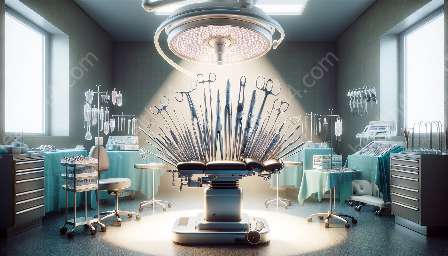As an essential part of emergency care, defibrillators play a crucial role in resuscitating individuals experiencing cardiac arrest. In this comprehensive guide, we will delve into the world of defibrillators, exploring their functionality, types, and significance. We will also discuss their compatibility with surgical instruments and other medical devices and equipment.
Understanding Defibrillators
Defibrillators are life-saving devices that deliver an electric shock to the heart to restore its normal rhythm in cases of cardiac arrest or life-threatening arrhythmias. There are primarily two types of defibrillators: automated external defibrillators (AEDs) and manual defibrillators.
Types of Defibrillators
Automated External Defibrillators (AEDs): AEDs are designed for use by non-medical professionals, and their intuitive interface guides users through the process of defibrillation with voice prompts and visual instructions. These devices are commonly found in public spaces and are instrumental in providing immediate assistance to individuals experiencing sudden cardiac arrest.
Manual Defibrillators: Manual defibrillators are typically used by trained medical personnel, such as paramedics and healthcare providers. These devices allow for greater control and customization of the defibrillation process, making them suitable for use in clinical settings and during surgeries.
Application in Emergency Care
Defibrillators are essential in emergency care settings, where prompt intervention can mean the difference between life and death. The quick and effective use of defibrillators can significantly increase the chances of survival for individuals experiencing sudden cardiac arrest.
Compatibility with Surgical Instruments
When it comes to surgical procedures, defibrillators play a critical role in ensuring patient safety. In operating rooms, defibrillators are often integrated with the surgical setup to address any cardiac complications that may arise during the procedure. The compatibility of defibrillators with surgical instruments underscores the importance of seamless coordination between medical devices in delivering comprehensive patient care.
Significance of Defibrillators
The significance of defibrillators in healthcare cannot be overstated. These devices are not only vital for emergency response and resuscitation but also contribute to the overall safety and well-being of patients undergoing surgical interventions. By understanding the functionality and types of defibrillators, as well as their compatibility with surgical instruments and other medical devices and equipment, healthcare professionals and the general public can appreciate the critical role that defibrillators play in saving lives and improving patient outcomes.


